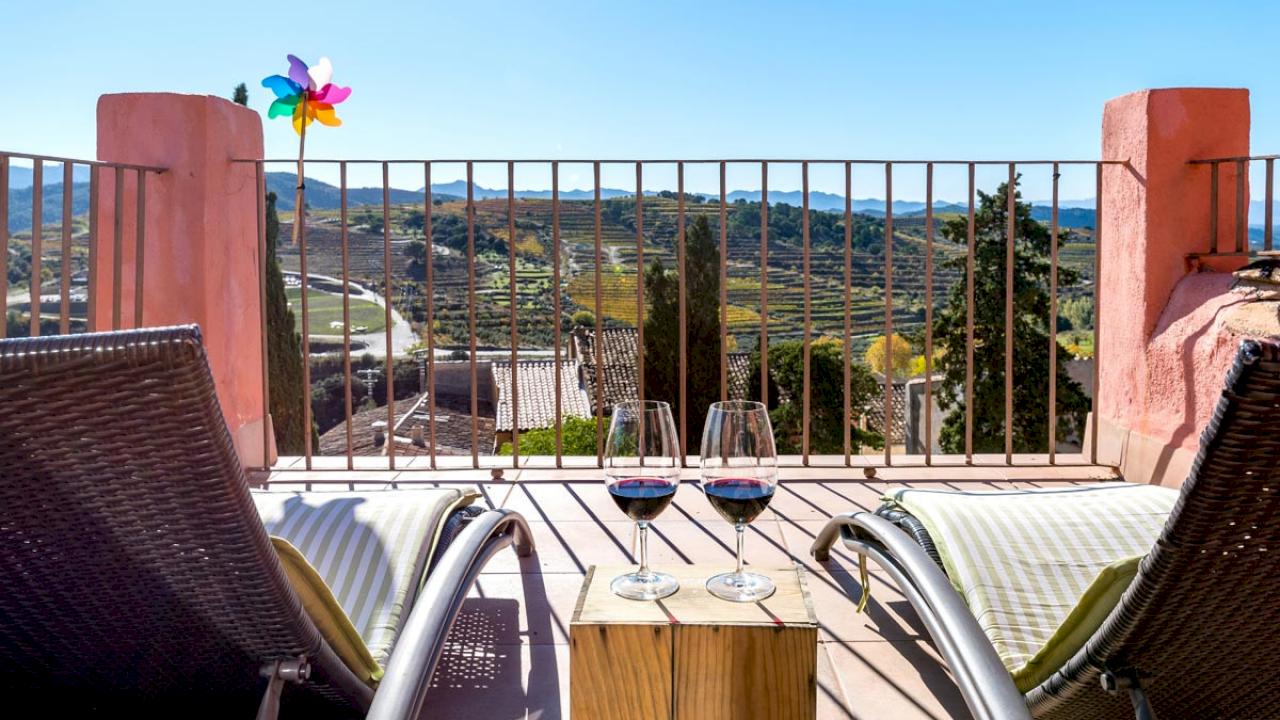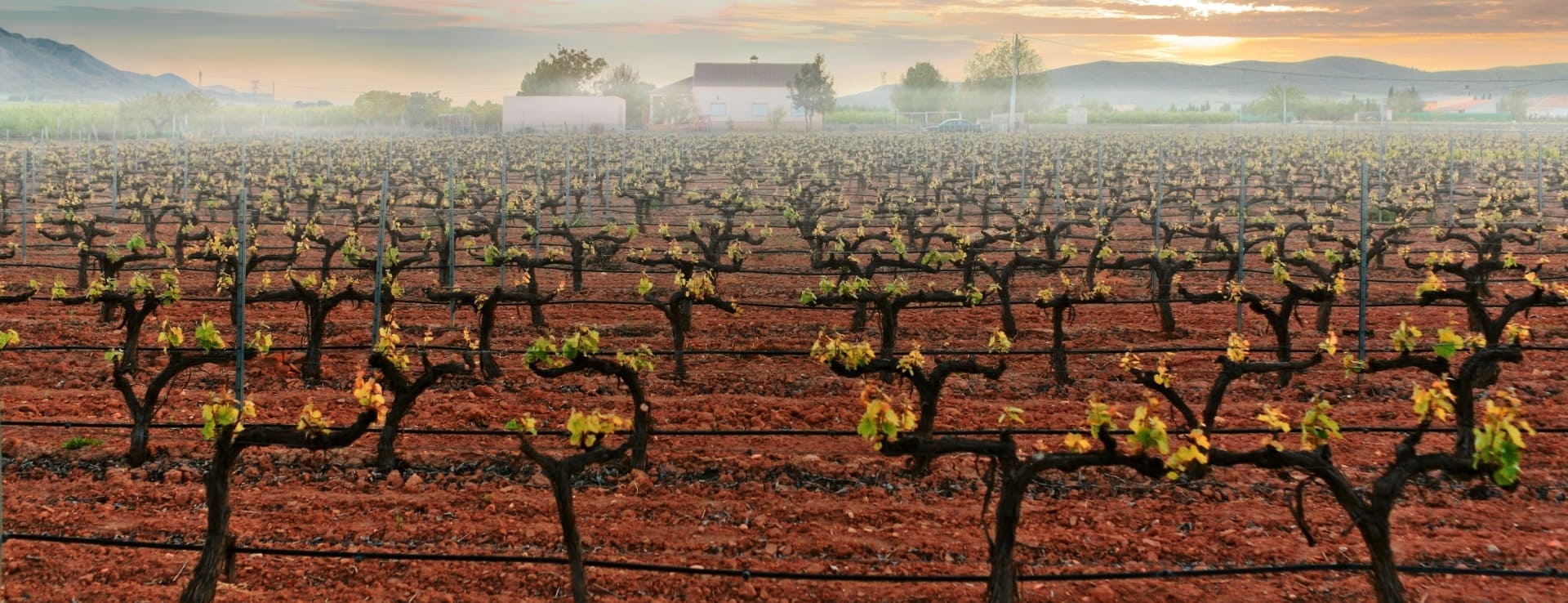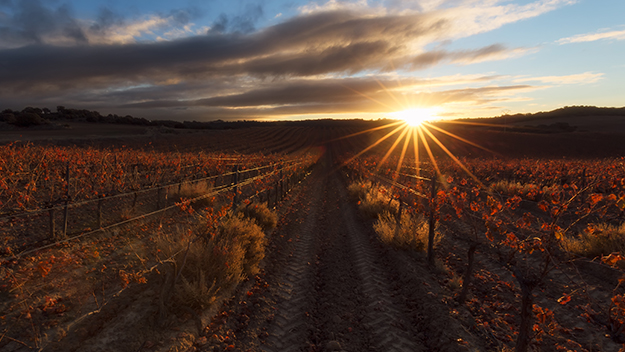Find your winery or vineyard
More than 10 Wineries and Vineyards for sale in Tarragona

Fantastic recently renovated rural hotel in the heart of Priorat.
DOQ Priorat

Winery for sale in D.O. Montsant.
Quality winery for the production of red wines in Montsant.

Winery for sale in DO Montsant.
Traditional winery with organic production for sale located in the Designation of Origin Montsant.

Estate for sale with vineyards and winery in DOQ Priorat.
Estate with 22 ha of vineyard, millenary olive trees and possible hotel.

Winery with vineyards for sale in the DO Montsant.
Winery with 25 ha of vineyards in Montsant and Priorat.

Winery for sale in Priorat.
Winery for sale in Priorat, perfect as an investment.

Winery with 7 hectares of vineyards in the heart of Priorat.
DOQ Priorat

Large estate of more than 200 ha with a cellar and farmhouse.
DO Penedés

Winery for sale in DOQ Priorat.
Winery in a privileged enclave in Priorat.

Winery for sale in DO Montsant.
Fully-equipped winery with 8 ha of vineyard.
Infographic of the Denomination of Origin

Change to imperial units (ft2, ac, °F)Change to international units (m2, h, °C)
D.O. year of foundation:
1947
Number of wineries (2017):
36
Total surface area:
7.262 ha17.944 ac
Maximum production allowed:
10.000 kg/ha8.921 lb/ac
Altitude of the vineyards:
Min: 40m
Max: 450m
Min: 131ft
Max: 1.476ft
Temperature:
Min: 3º
Max: 35º
Min: 37°F
Max: 95°F
Yearly hours of sun:
2.600
Yearly rainfall:
550 l/m251 l/ft2
Tarragona
At the southern end of Catalonia's autonomy is Tarragona. The province is made up of 184 municipalities and ten regions, which are divided into two functional areas: Terres de l’Ebre (the Ebre Lands) and Camp de Tarragona. In addition to being bathed by the Mediterranean Sea to the East, Tarragona borders the provinces of Castellón, Teruel, Zaragoza, Lleida and Barcelona.
HISTORY OF WINE
The history of the Tarragona wines is millenary. Historical vestiges indicate that vineyards were already cultivated in the Greek era, and were present in the area of Camp de Tarragona and much of the banks of the river Ebro in times of the Roman Empire. This town encouraged the area, both for its marketing work and for creating the name 'Tarraconensis' (Hispania Tarraconensis). From Tarraco, ships loaded with amphorae set sail for Rome, La Gália, Germania or Britannia, the same destinations where, centuries later, the wines and brandies produced in this territory would arrive.
However, it was the Carthusian monks, established in 1194, who consolidated the prestige of viticulture in Tarragona. They imported cultivation techniques from Provence and built a monastery with an altar to Santa Maria. Today the remains of the Carthusian Monastery of Scala Dei give an air of mystery to the area, which was historically configured as the Priorat, and seduce the visitor.
In the middle of the 19th century, the old plague – powdery mildew - destroyed a significant part of the vineyards, and when they were replanted after the phylloxera, practically all the localities in the region witnessed the birth of the cooperative wineries. Some as outstanding as Nulles and Vila-rodona (1919), by the architect CèsarMartinell, or the modernist cellars of Alt Camp. In Priorat, phylloxera was also a catastrophe, from which they would not recover until the 1970s, when the area also acquired great prestige. The Reus Oenological Station, one of the first in Spain, was created in 1910, the predecessor of the current Faculty of Oenology.
WINES AND WINERIES
In Catalonia there are numerous Designations of Origin of great prestige and the majority are located in Tarragona, such as the DO Costers del Segre, the DO Monstant, the DO Catalunya, the DO Terra Alta and the DO Tarragona, which is the largest in the province and the oldest in Catalonia (1932). It also includes one of the only two Qualified Designations of Origin in Spain, the DOCa Priorat. Rimontgó has different wineries for sale within these regions.
Among the most popular are Bodegas Álvaro Palacios (his wine L'Ermita is well known), Bodegas Más Altá, Celler Max Dois, Celler Val Llach, Cellers de Scala Dei, Cims de Porrera, Clos de l'Obac, Clos Figueras, Clos Mogador, Mas Martinet, Ferrer Bovet, Gratavinum, Mas Igneus, Castell d'Or, Celler Cooperatiu de Vila-Rodona, Celler Manyè Fortuny, Cellers Blanch, Adernats - Catedral del Vi, Mas Vicenç or Vins i Caves Vives Ambròs.
POINTS OF INTEREST
The Archaeological Ensemble of Tarraco, in the city of Tarragona itself, has been declared a World Heritage Site because it is a unique Roman testimony. The Royal Abbey of Santa Maria de Poblet also shares this rating, which can be seen along the Cistercian Route. The province has several natural parks, whose environment is perfect for outdoor sports, and its coastline is identified with the Costa Dorada tourist brand. The gastronomy is also rich, marked by the calçotadas (a type of scallion), where grilled vegetables are combined with romesco sauce and an authentic social event is created.
D.O./Valle (wine regions)
Discover more wineries and vineyards for sale in these wine regions in Spain
Subscribe to our mailing list to receive news about wineries and vineyards.













